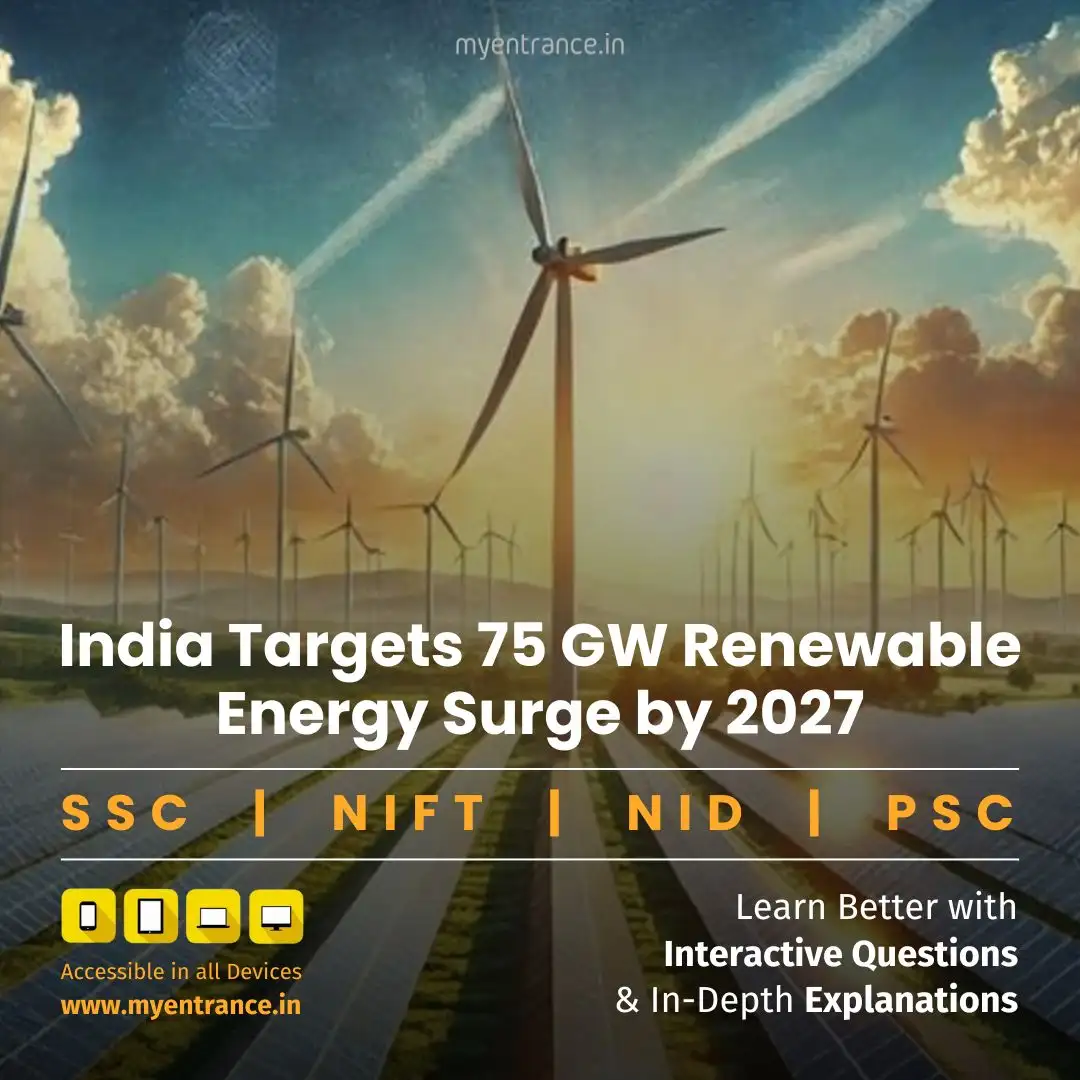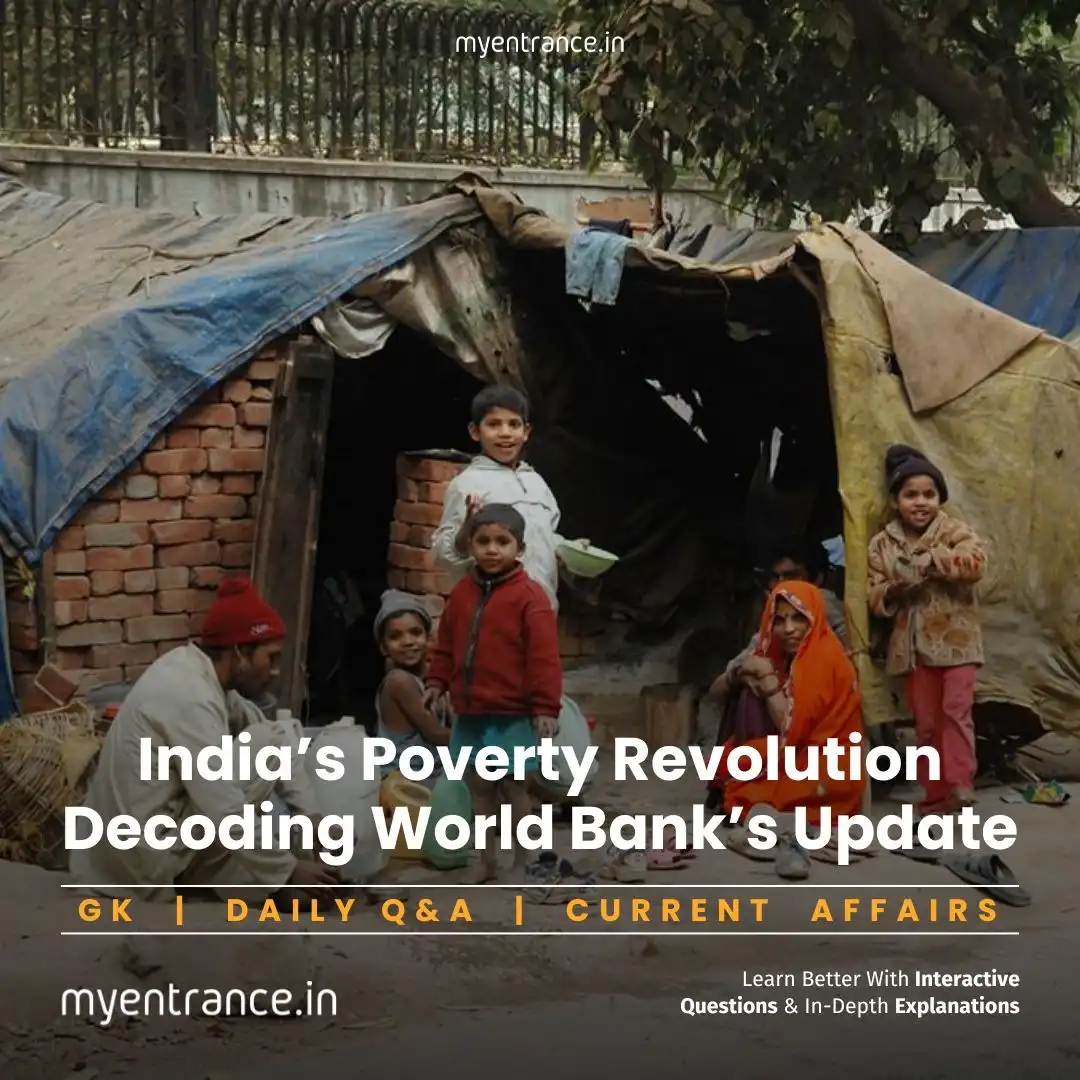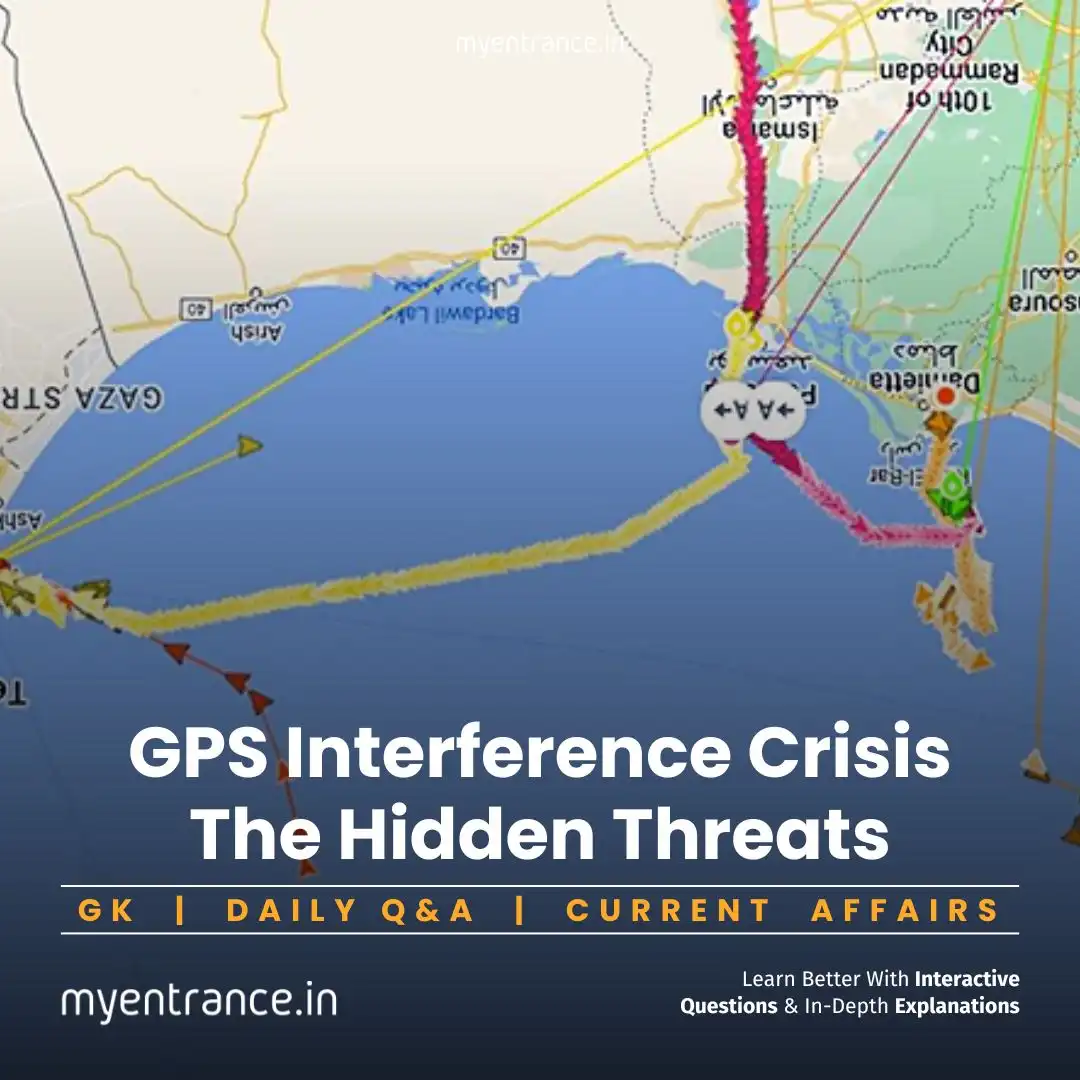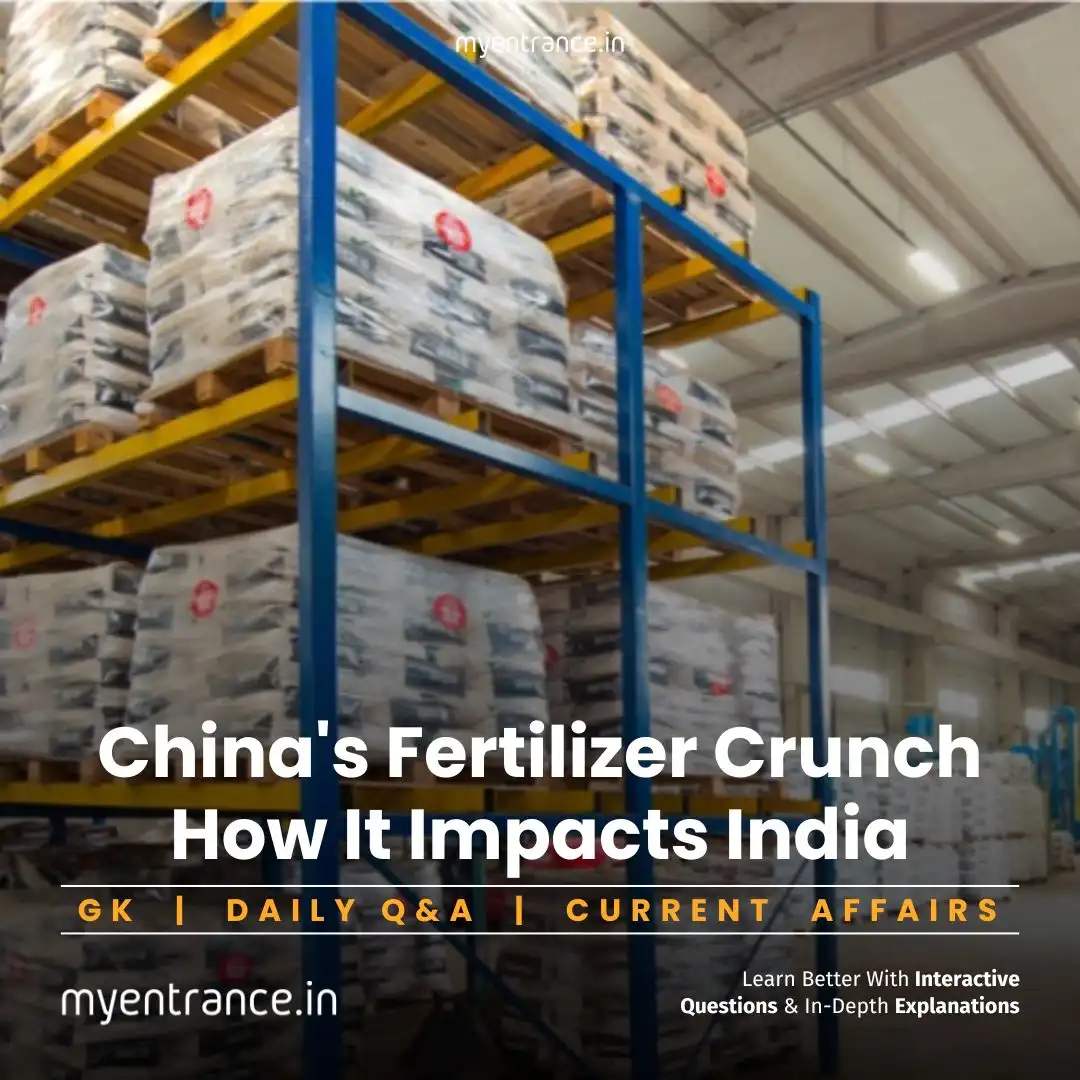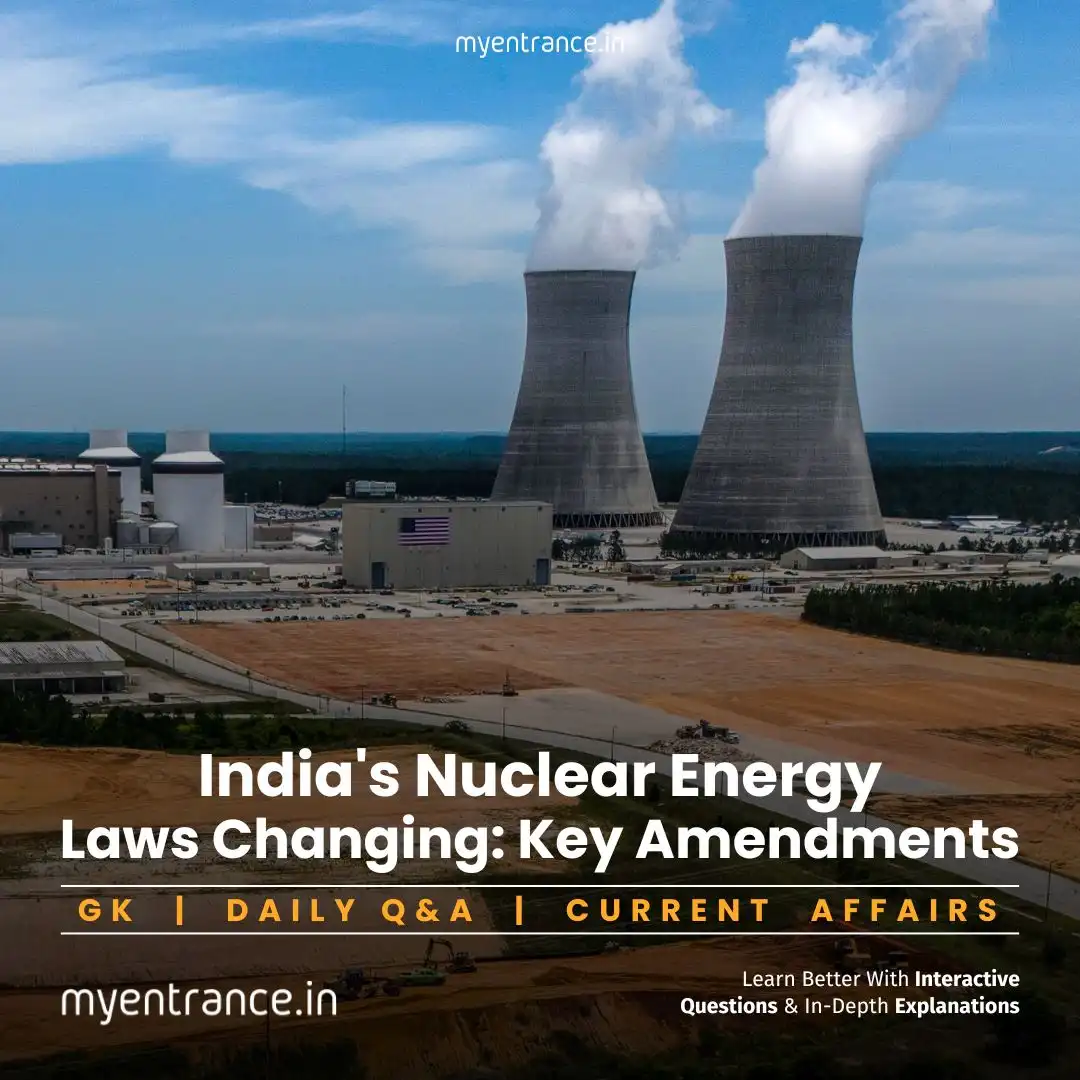Select Language
How Hybrid Renewable Projects Are Fueling India’s Green Energy Revolution
India’s renewable energy sector is gearing up for a massive expansion, with 75 GW of new capacity expected by 2027. Hybrid projects combining solar, wind, and storage are at the forefront, backed by a staggering ₹3.8 lakh crore investment.
India’s Renewable Energy Growth: Key Highlights
Record-Breaking Capacity Addition
2024-25: 49 GW added (60% solar, 25% wind)
2026-27 Target: 75 GW—enough to power 75 million homes annually
Investment Growth: Rising from ₹2.5 lakh crore (2024-25) to ₹3.8 lakh crore (53% increase)
Hybrid & Storage Projects: The Future of Renewable Energy
Share in New Capacity: Expected to jump from 17% (2024-25) to 37% (2026-27)
Why Hybrids?
Solar peaks during the day, while wind energy strengthens at night/monsoons
Battery storage ensures 24/7 power, reducing intermittency issues
Cost Impact: Hybrid projects are 20-30% more expensive but improve grid reliability
Transmission Upgrades: A Major Challenge
Current Status: Only 50% of planned ISTS (Inter-State Transmission System) completed
Solutions in Progress:
Green Corridors Phase-II (₹12,000 crore): 10,750 km of new transmission lines
FIST Scheme: Funding support for energy storage infrastructure
Policy & Procurement Roadblocks
PPA Shortages: 15 states have not signed new Power Purchase Agreements (PPAs), delaying projects
REIA Limitations: Renewable agencies struggle to sell 8 GW of stranded power due to lack of buyers
Land Acquisition Issues: 30% of project delays linked to clearance and land disputes
India’s Renewable Energy Mix & Emerging Technologies
Solar (48% share): Boosted by Khavda Solar Park (30 GW) and PLI schemes for manufacturing
Wind (34% share): Growth driven by offshore wind policies and repowering old turbines
Emerging Tech (5%):
Tidal Energy (Gulf of Kutch)
Geothermal (Puga Valley, Ladakh)
Sample Q&A for Competitive Exams (GS-III, PSC, SSC, etc.)
1. Q: Why are hybrid renewable projects important for India’s energy goals?
A: Hybrid projects combine solar, wind, and storage, ensuring consistent power supply and reducing grid instability caused by intermittency.
2. Q: How do transmission delays affect renewable energy expansion?
A: Inadequate transmission infrastructure leads to power curtailment, with 8% of renewable energy wasted in 2023 due to grid limitations.
3. Q: What are the key challenges in Power Purchase Agreements (PPAs)?
A: Many states avoid signing PPAs due to cost concerns, leaving 12 GW of completed projects stranded without buyers.
4. Q: Where does India have geothermal energy potential?
A: Key sites include Puga Valley (Ladakh), Cambay Basin (Gujarat), and Surajkund (Jharkhand), with an estimated 10 GW capacity.
5. Q: How does tidal energy work?
A: Tidal turbines convert kinetic energy from ocean tides into electricity—predictable but expensive to set up.
Most Predicted Questions
Comprehensive study materials, Expert-guided tips & tricks, Mock tests and instant results.
Start your SSC, NIFT, NID, FDDI, PSC journey today with MyEntrance, your ultimate online coaching platform.
